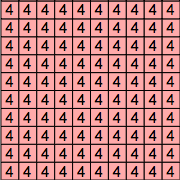
{4}
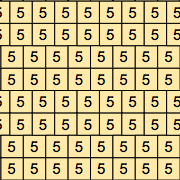
{5}

{6}
 {4} |  {5} |  {6} |
Call a collection of squares k-balanced if it has an equal number k of squares of each size. If we have a finite k-balanced neighborly collection of squares, what is the smallest possible value of k?
Given a rectangle, how can it be tiled with squares to maximize the proportion of the squares that are neighborly? What proportion of squares an infinite strip of a fixed width can be neighborly?
The known solutions are shown below.
 {5} |  {6} |  {4,6} | 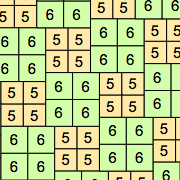 {5,6} | 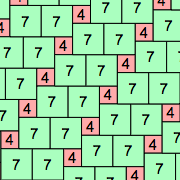 {4,7} | 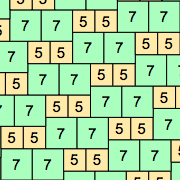 {5,7} | 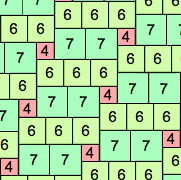 {4,6,7} (MM) |
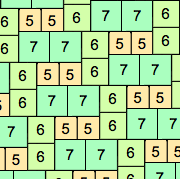 {5,6,7} (JD) | 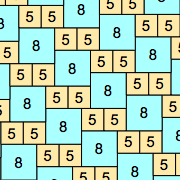 {5,8} | 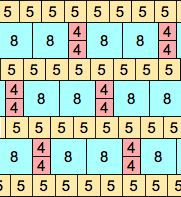 {4,5,8} (JD) | 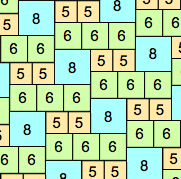 {5,6,8} (MM) | 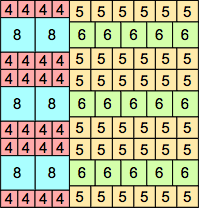 {4,5,6,8} | 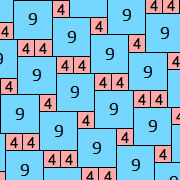 {4,9} (JD) |  {4,10} (JD) |
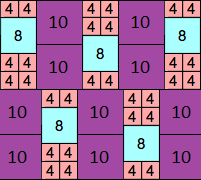 {4,8,10} (MM) | 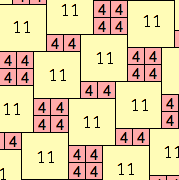 {4,11} (JD) | 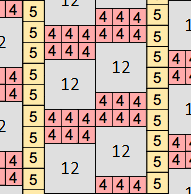 {4,5,12} (MM) | 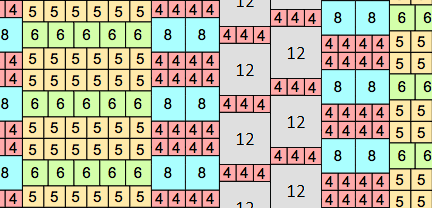 {4,5,6,8,12} (MM) | 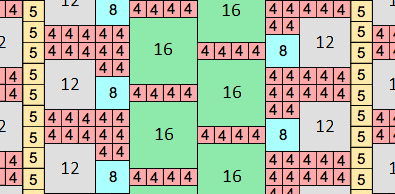 {4,5,8,12,16} (MM) | ||
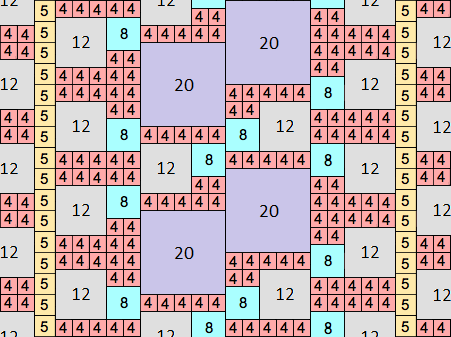 {4,5,8,12,20} (MM) | 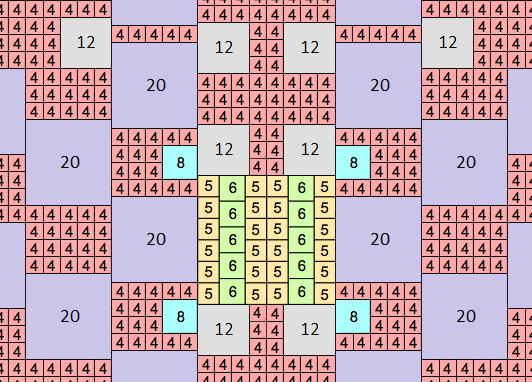 {4,5,6,8,12,20} (MM) | 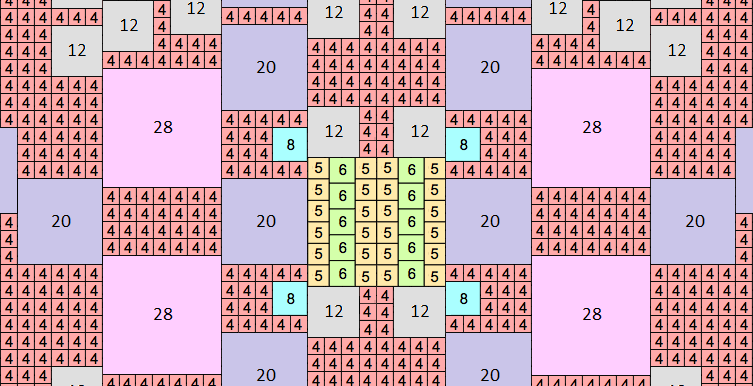 {4,5,6,8,12,20,28} (MM) |
The tilings below are infinite families, because blocks of 4's can be replaced by larger multiples of 4. Furthermore, these can be combined.
 {4} | 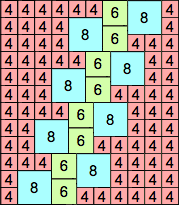 {4,6,8} (MM) |  {4,5,7,8} (MM) |  {4,5,8,10} (MM) | 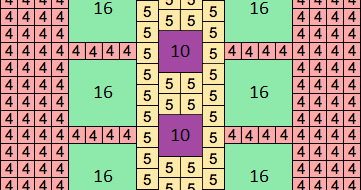 {4,5,10,16} (MM) | |
 {4,5,6,8,12,16} (MM) |  {4,5,8,12,16,20} (MM) | ||||
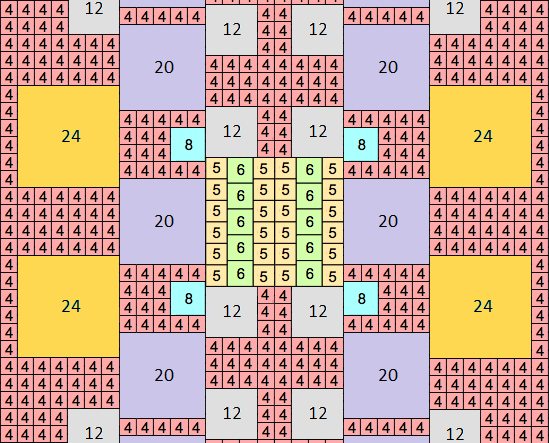 {4,5,6,8,12,20,24} (MM) |  {4,5,6,8,12,36} (MM) | 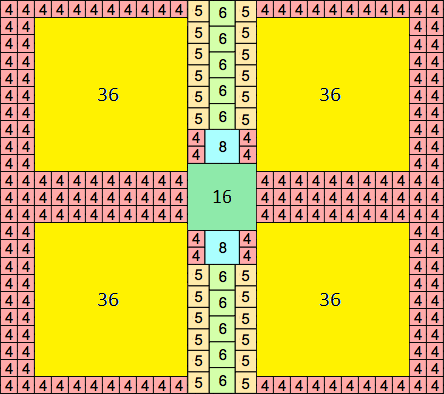 {4,5,6,8,16,36} (MM) | |||
 {4,5,6,8,32,36} (MM) | 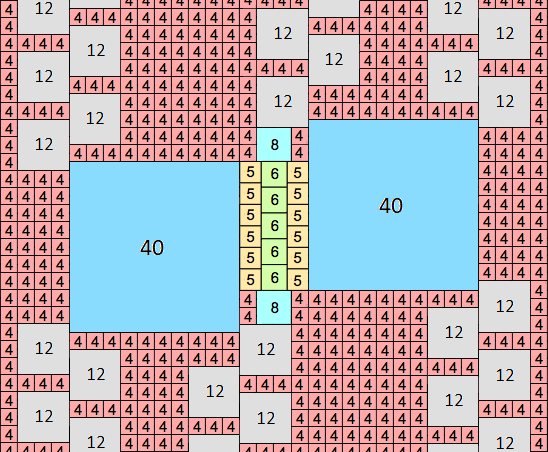 {4,5,6,8,12,40} (MM) | 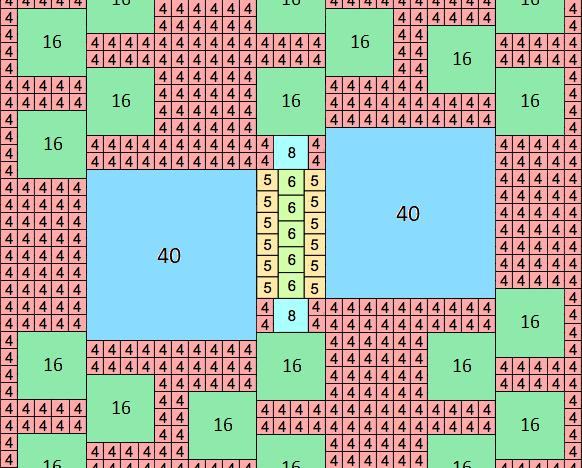 {4,5,6,8,16,40} (MM) | |||
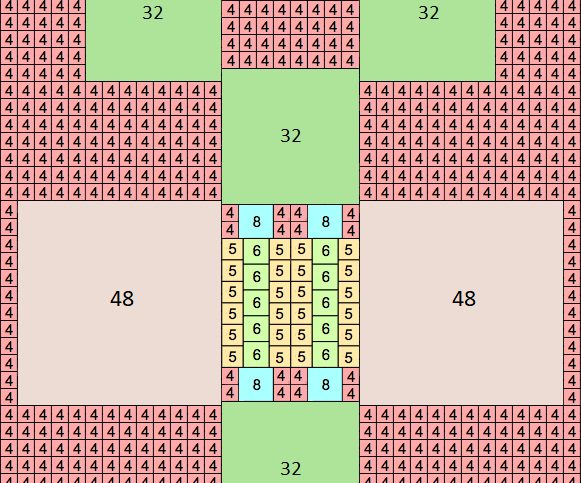 {4,5,6,8,32,48} (MM) |  {4,5,6,12+4n,44+4n+4m} (MM) | ||||
Joe DeVincentis showed that {4,N} neighborly tilings always exist for N≥6, by generalizing the {4,8}, {4,9}, {4,10}, and {4,11} tilings. Maurizio Morandi showed that {4,4n,4n+8+m} tilings exist for n>1 and m≥0. Joe DeVincentis also proved that a {4,5} planar tiling is not possible.
 {2} |  {3} |  {4} |  {3,6} | 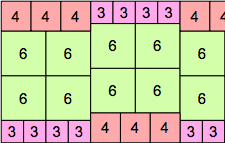 {3,4,6} |
The strips below were found by Maurizio Morandi. The ones in the last column can be combined with the plane tilings above.
 {1} |  {2} |  {1,2} |  {3} |
 {1,3} |  {2,3} |  {1,2,3} (GS) |  {4} |
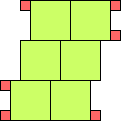 {1,4} |  {2,4} |  {1,2,4} | 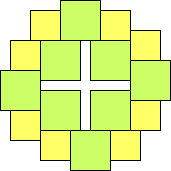 {3,4} |
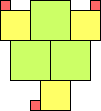 {1,3,4} |  {2,3,4} |  {1,2,3,4} |  {5} |
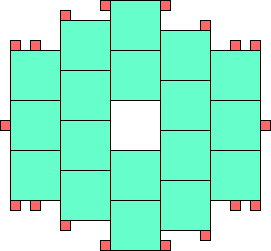 {1,5} |  {2,5} | 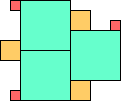 {1,2,5} | 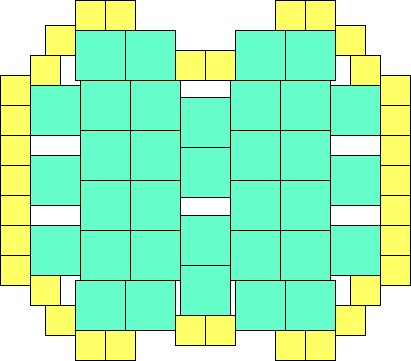 {3,5} (MM) |
 {1,3,5} |  {2,3,5} | 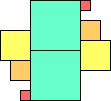 {1,2,3,5} |  {4,5} |
 {1,4,5} |  {2,4,5} | 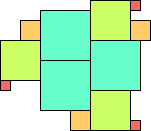 {1,2,4,5} | 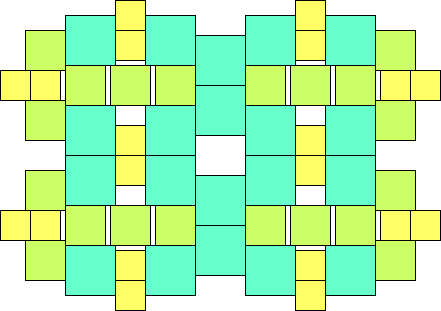 {3,4,5} (JD) |
 {1,3,4,5} (MM) |  {2,3,4,5} | 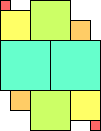 {1,2,3,4,5} |  {6} |
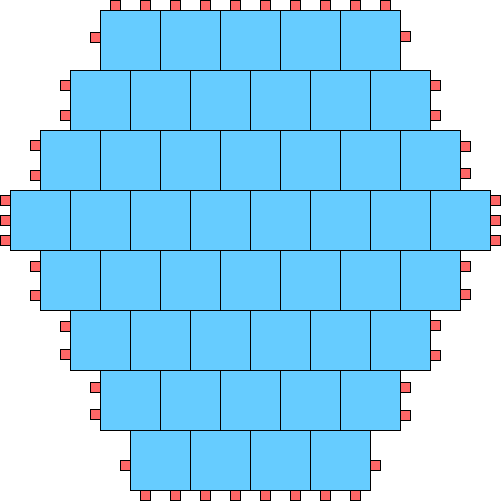 {1,6} (MM) | 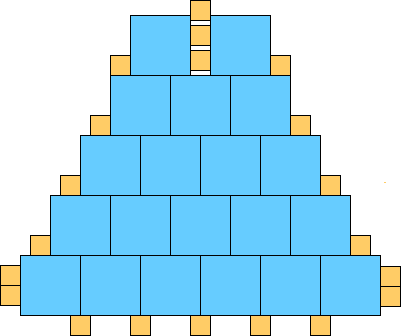 {2,6} (MM) | 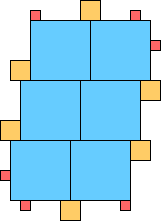 {1,2,6} |  {3,6} (MM) |
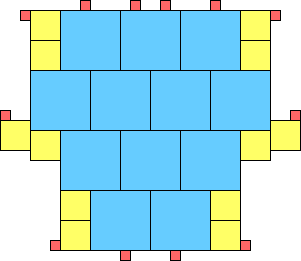 {1,3,6} | 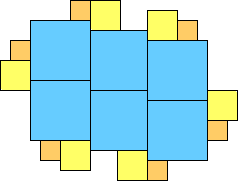 {2,3,6} | 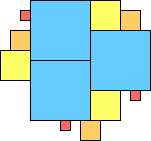 {1,2,3,6} |  {4,6} |
 {1,4,6} (MM) |  {2,4,6} (MM) |  {1,2,4,6} | 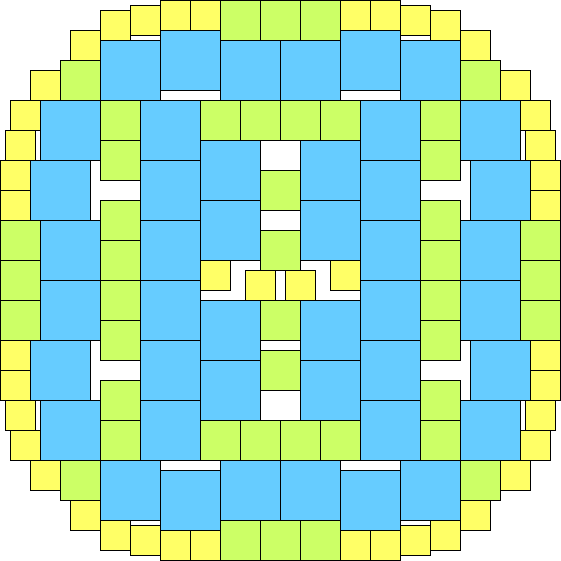 {3,4,6} (MM) |
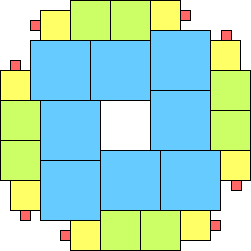 {1,3,4,6} (MM) | 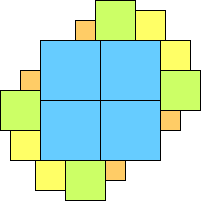 {2,3,4,6} (MM) | 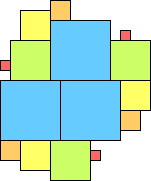 {1,2,3,4,6} |  {5,6} |
 {1,5,6} (MM) | 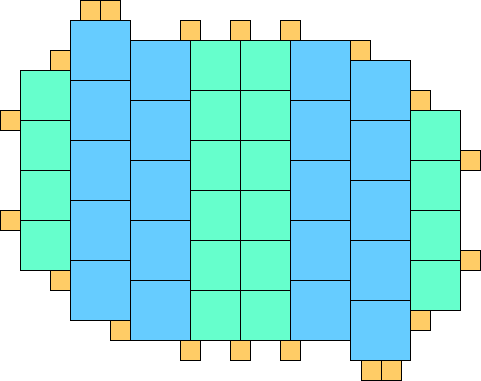 {2,5,6} (MM) | 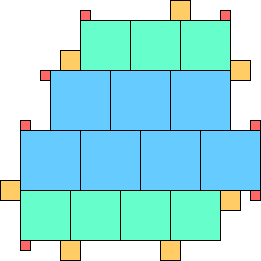 {1,2,5,6} | possible with hundreds of squares {3,5,6} |
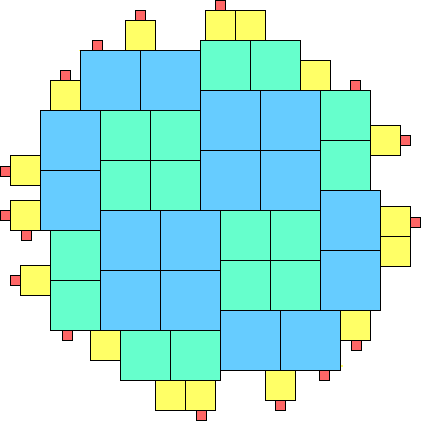 {1,3,5,6} (MM) | 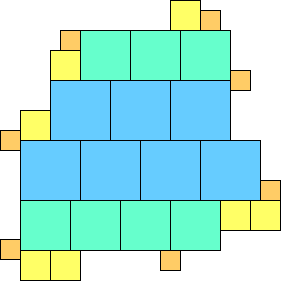 {2,3,5,6} | 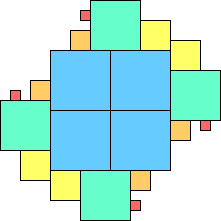 {1,2,3,5,6} (MM) |  {4,5,6} |
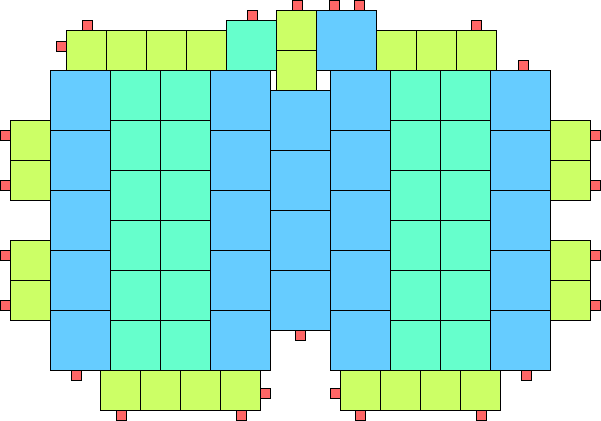 {1,4,5,6} (MM) | 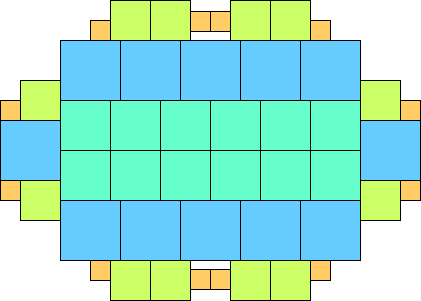 {2,4,5,6} (MM) | 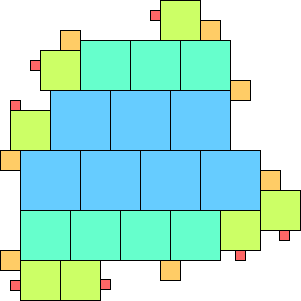 {1,2,4,5,6} (MM) | ? {3,4,5,6} |
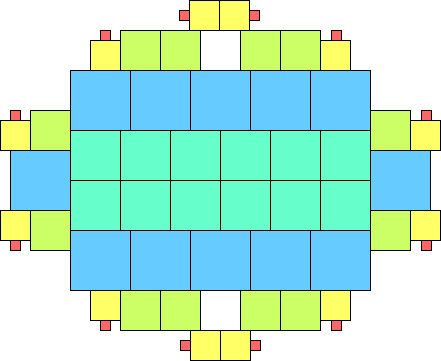 {1,3,4,5,6} (MM) | 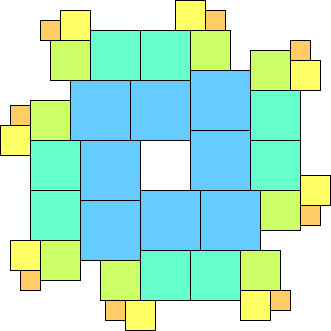 {2,3,4,5,6} (MM) |  {1,2,3,4,5,6} (MM) |  {7} |
| 1 | 2 | 3 | 4 | 5 | 6 | 7 | 8 | 9 | 10 | 11 | 12 | |
|---|---|---|---|---|---|---|---|---|---|---|---|---|
| 1 |  0 | |||||||||||
| 2 |  1 |  0 | ||||||||||
| 3 |  2/3 |  1/3 |  0 | |||||||||
| 4 |  1/2 |  1/5 |  1/4 |  1 | ||||||||
| 5 |  2/5 |  1/2 |  1/7 |  1/4 |  1/8 | |||||||
| 6 |  1/3 |  1/3 |  1/7 |  2/3 |  4/5 |  2/3 (GA) | ||||||
| 7 |  2/7 |  1/4 |  2/5 |  2/7 |  2/7 |  3/5 (MM) |  4/9 | |||||
| 8 |  1/4 |  1/2 |  1/4 |  1 |  1/3 |  2/3 (GS) |  1/3 (GS) |  1/2 (GA) | ||||
| 9 |  2/9 |  1/3 |  2/11 |  3/7 (MM) |  4/9 |  1/2 (MM) |  3/7 (GS) |  3/7 (GS) |  5/11 | |||
| 10 |  1/5 |  3/5 |  1/4 |  5/7 |  1/3 (GS) |  5/7 |  2/5 (GS) |  1/2 (MM) |  4/9 (GS) |  6/11 | ||
| 11 |  2/11 |  3/7 |  2/9 |  4/9 (GS) |  1/3 (MM) |  1/2 |  1/2 (GS) |  5/11 (GS) |  2/5 (GS) |  4/9 (GS) |  5/14 (GS) | |
| 12 |  1/6 |  2/3 |  2/9 (MM) |  2/3 |  2/5 |  1/2 |  3/5 (GS) |  2/3 (GA) |  5/9 (GA) |  4/7 (GS) | 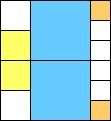 1/2 (GS) | 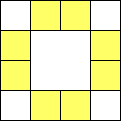 8/13 |
1 0 | 2 1 | 3 2/5 | 4 1/3 (MM) | 5 2/9 | 6 1 | 7 5/7 | 8 1 | 9 1 |
10 3/4+ε (MM) | 11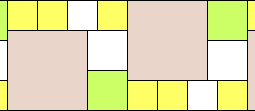 5/7 (MM) | 12 1 |
13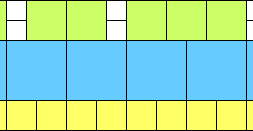 17/21 (MM) | 14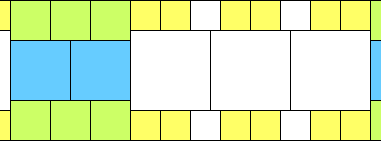 20/27 (MM) | 15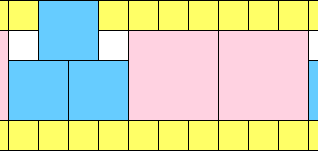 23/25 (MM) | 16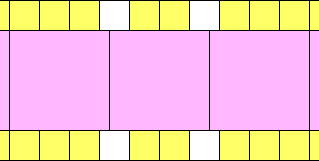 19/23 (MM) |
17 4/5 (MM) | 18 1 | 19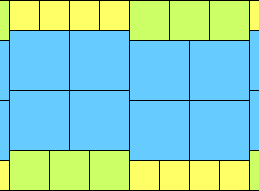 1 | 20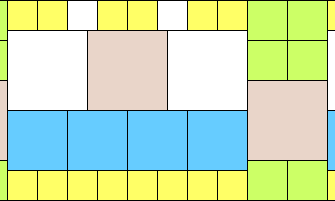 13/15 (MM) |
21 22/23 (MM) |
22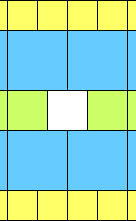 14/15 (MM) | 23 17/18 (MM) | 24 1 (MM) |
1 0 | 2 3/4 | 3 1/2 | 4 3/7 | 5 3/10 | 6 1/3 (MM) | 7 1/4 (MM) | 8 6/13 | 9 4/11 (MM) | 10 7/16 (MM) |
11 8/19 (MM) | 12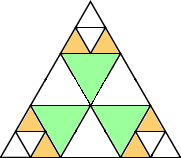 1/2 (MM) | 13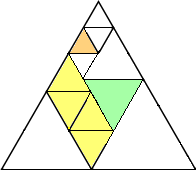 1/2 (MM) | 14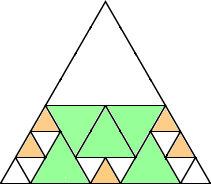 10/19 (MM) | 15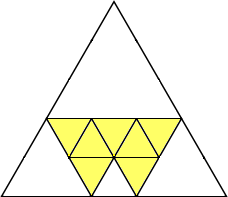 7/11 (MM) |
If you can extend any of these results, please e-mail me. Click here to go back to Math Magic. Last updated 9/29/18.